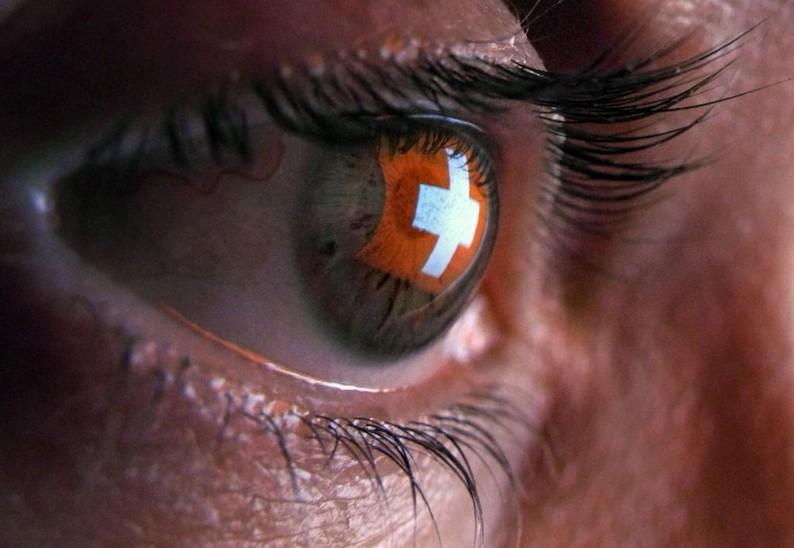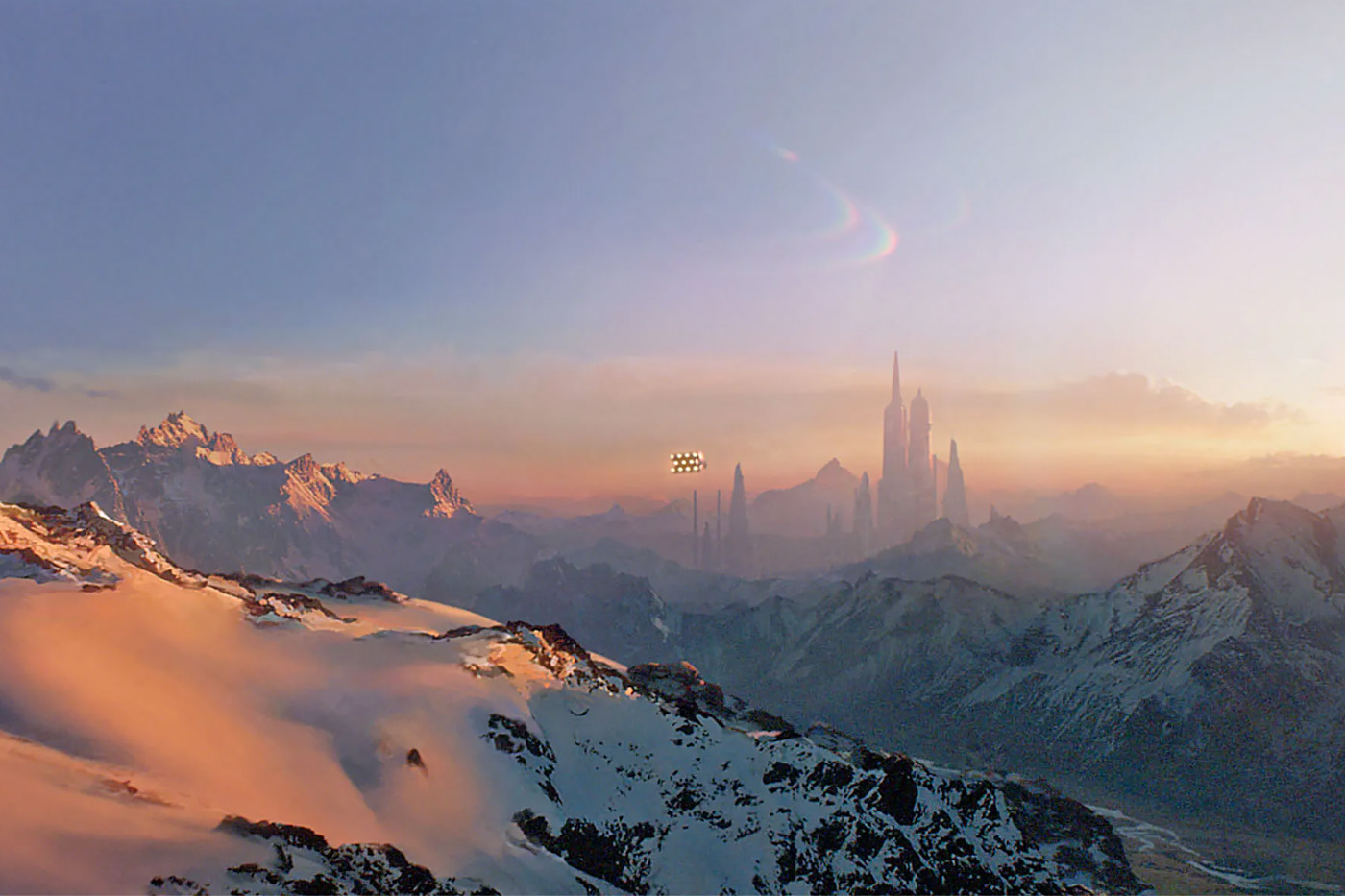City and regional guides
While Switzerland is perhaps best known for its outstanding natural beauty, the country’s main urban centres offer a diverse and lively array of cultural attractions.
Editorial note: this content was current as of June 2017 and is no longer being updated.
To get an overview of what to see and do in Switzerland’s biggest cities, like Zurich, Geneva, Bern, Basel, Lucerne and Locarno, please use the links below. Here you can find information on most of Switzerland’s other regions as well.
Zurich
With about 1.3 million residents, Switzerland’s largest city and its urban agglomeration teems with shopping districts, museums and a humming nightlife scene. Home to the country’s busiest runways, Zurich is often the first stop for travellers who can reach the city centre with a ten-minute train ride from a railway station right in the airport.
Zurich continually ranks high in quality of life studies thanks to its lakeside location, easy access to urban and recreational amenities and thriving economy. For tourists, the city is perhaps best known for hosting the most expensive swathe of commercial real estate in Switzerland, the renowned Bahnhofstrasse where fashion designers, watchmakers and top jewellers display their wares.
When the sun goes down, the party gets going inside the densest collection of nightclubs in Switzerland. Have an espresso with dinner: from house music to oldies to gay-friendly clubs, nothing really gets going until at least 11pm.
Looking for something quieter? The city boasts more than 100 galleries and 50 museums, like the Swiss National MuseumExternal link. Also, Zurich TourismExternal link has a comprehensive website, and Switzerland TourismExternal link also offers an overview of the region.

More
Is Switzerland really the best place to live and work?
Geneva
Tucked into the far western corner of Switzerland, Geneva has made a name for itself as the home of the European seat of the United Nations, the birthplace of the International Committee of the Red Cross (ICRC) and as the global headquarters for numerous other high-profile and non-governmental organisations.
In fact, many people often mistake the city – Switzerland’s second largest – for the capital, much to Bern’s dismay.
Geneva sits on the lake that bears its name (Lac Léman in French) and also plays host to the country’s second-busiest airportExternal link, making it an easy entry point.
The charming old town with its cathedral and lively streets contrasts with the business district where commodities traders and bankers mingle with diplomats and one of the country’s largest concentrations of foreigners. St Peter’s Cathedral looms over Calvin’s city, while “mouettes”, or water taxis, ply the water surrounding the city’s most famous landmark, a towering “jet d’eau” fountain that squirts lake water 140 metres into the sky.
The “Big Bang” machine, or the Large Hadron Collider at CERN, the European Organization for Nuclear ResearchExternal link, hums deep beneath the ground along the border with France.
Geneva TourismExternal link lists events, accommodation and more information about visiting the city on its homepage.
Switzerland TourismExternal link has an online guide to Geneva that also includes up-to-date information on events happening in the city.
Bern
The Swiss capital surely figures among the most beautiful cities in the country, if not Europe, with the turquoise water of the River Aare coursing around a peninsula of quaint arcades, burbling fountains, ancient clock towers and the elegant dome of the federal parliament building.
And then, of course, there are the bearsExternal link and the city’s new riverside park, where the animals are (mostly) free to roam.
Bern was founded in 1191 and the oldest parts of the city are now a UNESCO world heritage siteExternal link. The city sits at the foot of the Bernese Oberland and has a skyline dominated by the icy peaks of, among others, the Eiger, Mönch and Jungfrau.
Bern can feel a bit sleepy compared with a bustling place like Zurich, but its charms come in the form of leisurely strolls past open pastures on the Gurten (a hill overlooking town), a visit to the Paul Klee museumExternal link, or in summer, a refreshing dip in the swift-flowing AareExternal link.
A small airportExternal link just outside Bern has direct flights from numerous cities in Europe. Thanks to its central location, Bern is also easily accessible via trainExternal link.
Visit the Bern TourismExternal link website for help with more information on the city, accommodation, and events.
Switzerland TourismExternal link has more information on Bern.
Basel
Tucked in the northwestern corner of Switzerland where Germany and France collide, Basel has been a major site for industry and trade thanks to the bustling River Rhine that flows through town.
No fewer than four harbours grace the city, Switzerland’s third largest, and medieval squares lie beneath the slender spires and colourful roof tiles of the city’s best-known landmark, the MünsterExternal link, a church built between 1019 and 1500.
Other attractions include one of the best zoos in the country, the Beyeler Foundation MuseumExternal link in nearby Riehen, and cruises along the Rhine. Head here on the Monday morning after Ash Wednesday for three nonstop days of costume-and-confetti celebrations at Switzerland’s most prominent carnival festival.
For more information on the city, including events, where to stay and travel packages, visit Basel TourismExternal link.
Switzerland TourismExternal link also has information on Basel and the region.
Lucerne
Lucerne, or Luzern in German, most likely competes with Bern for the country’s most beautiful city title in the minds of the tens of thousands of tourists who visit each year.
Nestled on the far western shore of the sprawling Lake Lucerne, or Vierwaldstättersee in German, the city enjoys a spectacular location with turquoise water lapping mountains that rise well above the treeline.
Lucerne was the first city to join the Swiss confederation and the story of the region can be seen in numerous paintings that line Lucerne’s picturesque Chapel Bridge, arguably one of the oldest wooden bridges in Europe (although fires have destroyed it several times).
The old town is small but pretty, with intricate frescoes enlivening the facades. Spectacular views of the city can be had with a trip up Mount Pilatus. Steam-powered paddle wheel boats pull out of the harbour for tours around the lake.
Don’t miss the Swiss Museum of TransportExternal link or Lucerne’s version of carnival, which begins on Shrove Tuesday, and rivals Basel for the most colourful in the country.
Visit Lucerne TourismExternal link for information on where to stay, things to do, and events happening in and around the region.
Switzerland TourismExternal link also provides information on events coming up and offers other tips.

More
Giving Swiss film locations some direction
Lausanne
Home to the International Olympic CommitteeExternal link since 1914, Lausanne often sits in the shadow of its bigger, more famous rival Geneva farther down the lake.
But this city, the second-largest on the lake, seems livelier, more beautiful and to have more convenient options for exploring the region than other hubs in western Switzerland.
Founded in Roman times, Lausanne’s dramatic setting facing the French Savoy Alps and flanked by the UNESCO world heritage vineyards of LavauxExternal link helped attract Romantics like Byron and Shelley centuries later.
Explore the old town with its impressive cathedral or wander down to the lake to soak up the views. Trains depart from the city’s main station to take visitors into the heart of the winegrowing region. Paddlewheel steamers also pull into port frequently, making it a good spot for tours along the lake or even into France on the distant shore.
Lausanne is home to Switzerland’s only subway, the M2, which opened in 2008. With a large student population, Lausanne also offers plenty of options for nightlife.
Visit Switzerland TourismExternal link for more on Lausanne, including downloadable city guides for an iPhone.
Lausanne Tourism External linkhas information on sports, culture and other events as well as on places to stay and transportation.
Locarno
Palm trees in Switzerland? Around one in two hours of daylight is sunny in Locarno, one of the warmest spots in the country.
Located in the southern Italian-speaking canton of Ticino, Locarno has a completely different vibe to its French- and German-speaking counterparts, boasting a quasi Mediterranean feel thanks to the warm sun and cool breezes from Lake Maggiore.
At the heart of the city you’ll find the main town square, or Piazza Grande, where some 8,000 people can gather during the Locarno Film FestivalExternal link to watch movies al fresco.
Above town you’ll find the Cardada-Cimetta External linkmountain, accessible by cable car, for hiking, skiing and sledging runs. Hop on a bus or rent a car and head up into the Verzasca and Maggia valleys for deep gorges, quaint restaurants and wonderful hikes between villages with homes made almost entirely of stone.
Ascona, a small village along the lake from Locarno, offers narrow streets, bustling restaurants and a lazy waterfront, making it a popular place to stay when visiting the region.
Please visit the Ascona-Locarno TourismExternal link office online for more on events, where to stay and things to do.
Switzerland TourismExternal link also has information on Locarno and the region.
Other regions
Switzerland Tourism breaks the country down into several popular regionsExternal link such as the Bernese OberlandExternal link (including Grindelwald, the Jungfrau region, Wengen and Mürren), GraubündenExternal link (including Arosa, Davos and St Moritz) and ValaisExternal link (including Zermatt, Verbier and Saas Fee).

In compliance with the JTI standards
More: SWI swissinfo.ch certified by the Journalism Trust Initiative








You can find an overview of ongoing debates with our journalists here . Please join us!
If you want to start a conversation about a topic raised in this article or want to report factual errors, email us at english@swissinfo.ch.